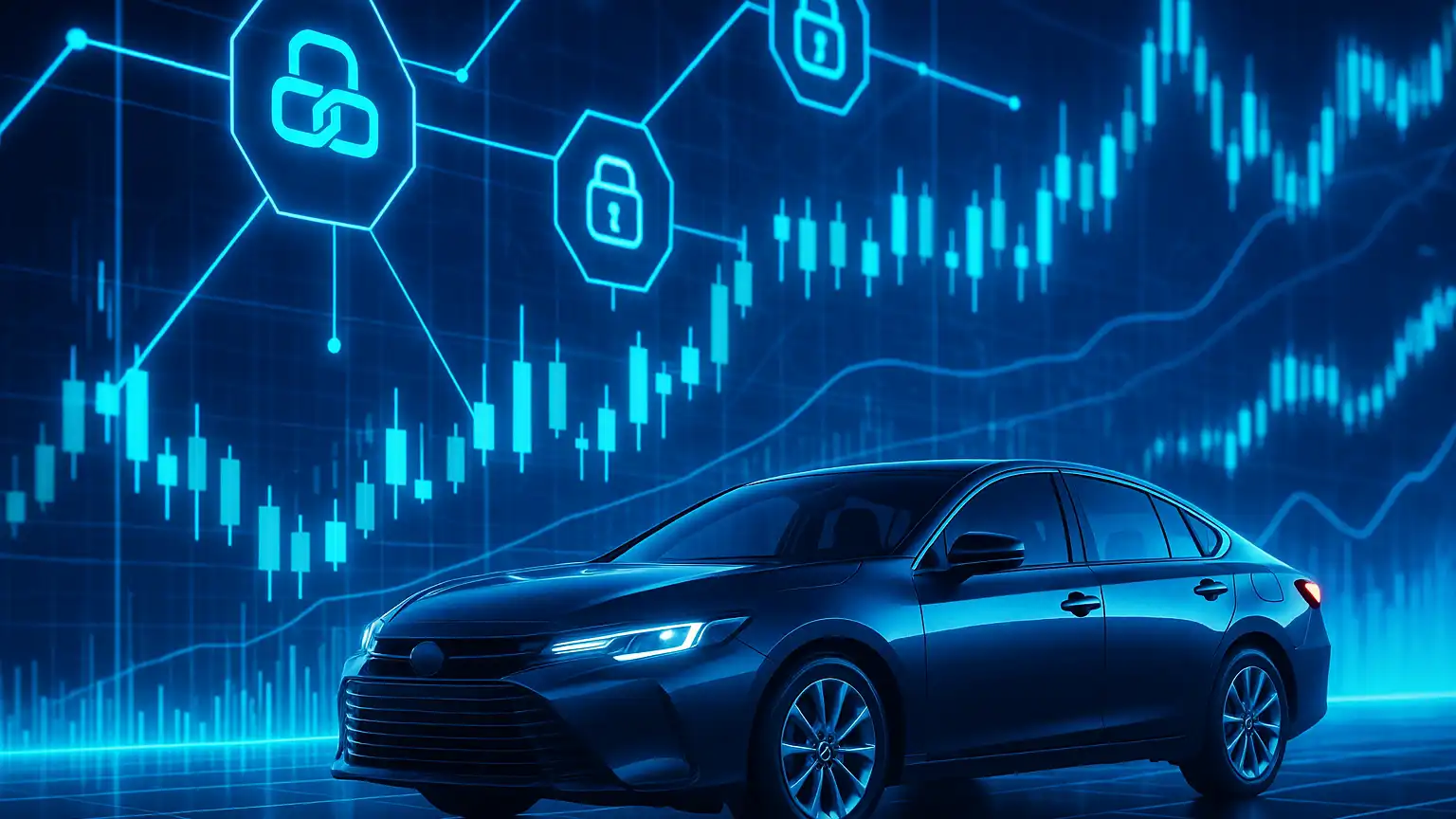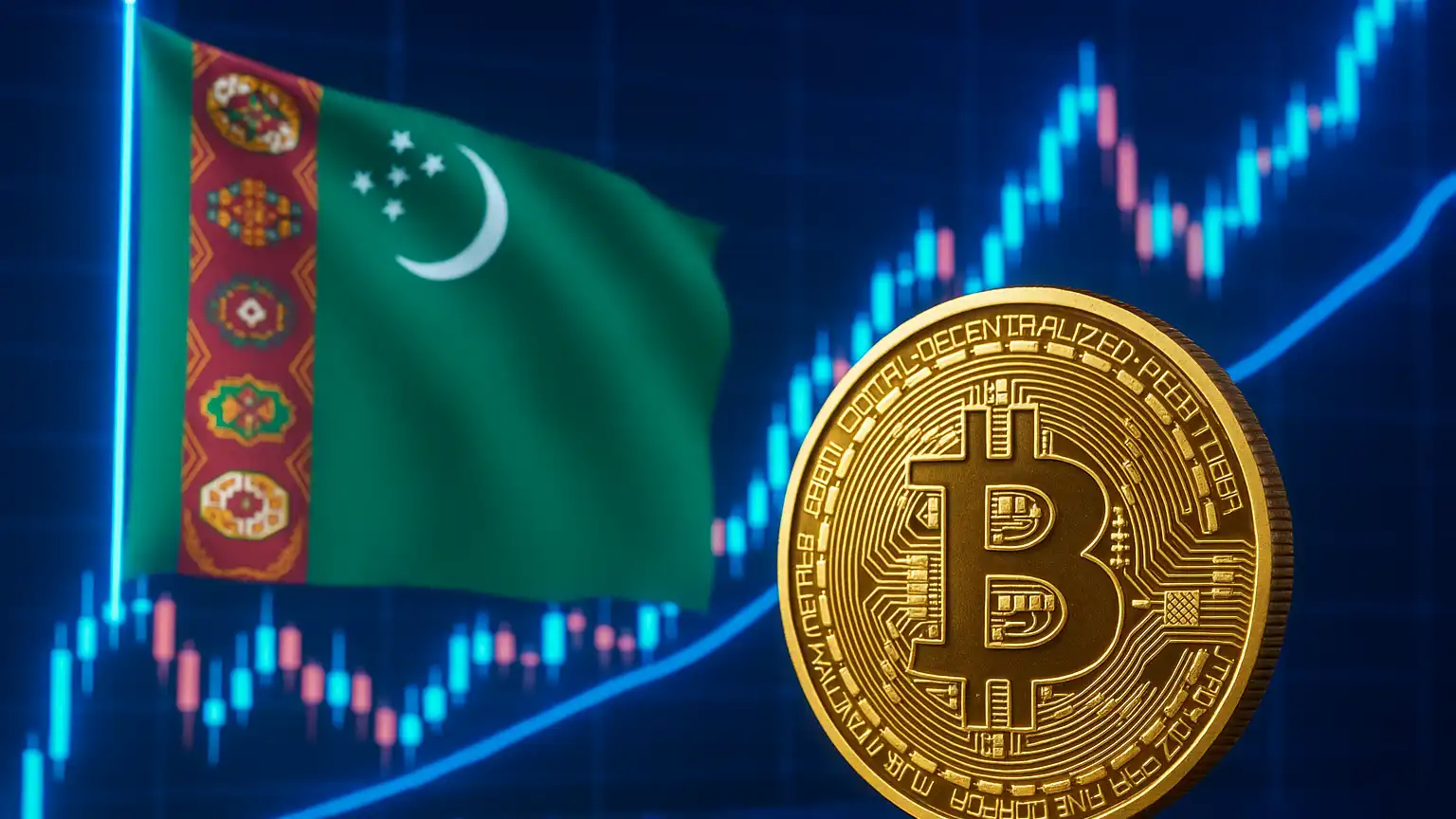Toyota Unveils Mobility Orchestration Network: A Blockchain-Driven Future for Automotive Management
Introduction
Toyota’s Blockchain Lab has introduced the Mobility Orchestration Network (MON), a transformative initiative aimed at redefining vehicle management through blockchain technology. MON represents a paradigm shift from traditional vehicle ownership to dynamic, blockchain-based digital assets, promising increased efficiency, transparency, and interoperability in the automotive sector.
Key Challenges Addressed by MON
The mobility industry faces issues like fragmented data management, complex regulatory compliance, and barriers to cross-border vehicle utilization. MON is designed to create a unified and verifiable system using blockchain, covering all stages of a vehicle’s lifecycle and solving these challenges with secure, immutable records.
Three Pillars of Vehicle Proof
MON establishes a blockchain identity for each vehicle, built upon three verifiable proofs:
Institutional Proof
Covers vehicle registration, legal titles, taxation, and insurance, ensuring official recognition and compliance.
Technical Proof
Includes manufacturer data (such as VIN), software/firmware attestations, and verified maintenance, validating identity and operational quality.
Economic Proof
Consists of operational metrics and revenue history, supporting financial decision-making and asset securitization.
This comprehensive digital identity supports improved financing, insurance, and international mobility while fostering collaboration among stakeholders, including manufacturers, operators, insurers, and regulators.
Technical Backbone: Avalanche Multi-Chain Architecture
To support MON’s requirements, Toyota selected Avalanche’s low-latency, multi-chain architecture, leveraging its interoperability and fast consensus. MON’s prototype utilizes four interconnected Layer-1 (L1) networks:
- Security Token Network: Issues asset-backed security tokens for mobility portfolios.
- Mobility Trust Network (MON): Aggregates ownership rights and proof.
- Utility Network: Handles daily mobility services like charging, ride-hailing, and access.
- Stablecoin Network: Manages payments and revenue distribution.
These networks communicate securely through Avalanche’s Interchain Messaging Protocol (ICM), enabling atomic settlements and data sharing.
Mobility-Oriented Account (MOA): The Vehicle’s Digital Identity
MON introduces the MOA, a digital passport for every vehicle, split into two linked accounts:
T-MOA (Trust-side)
Holds high-integrity records for authorities and financiers, including ownership, compliance, and summarized metrics.
U-MOA (Utility-side)
Operates real-time checks for drivers and vehicles, supporting live operations and secure access control.
This dual design keeps sensitive information segregated while enabling both regulatory oversight and operational fluidity.
From Ownership to Tradable Asset: The Fungibility Ladder
MON transforms vehicles from unique assets to securitized, tradable instruments through a three-step process:
- Ownership as NFT: Every vehicle’s MOA is represented by a non-fungible token.
- Portfolios: Groups of vehicles are bundled into semi-fungible portfolios for risk/reward management.
- Security Tokens: Fully fungible financial products backed by these portfolios enable transparent and liquid trading.
This structure enables new models for financing electric/autonomous vehicle fleets and paves the way for investment products in mobility.
Bottom Line
Toyota’s MON is a groundbreaking application of blockchain, poised to reshape vehicle ownership, operation, and financing. With its comprehensive digital framework, MON lays the foundation for a connected, trust-driven mobility ecosystem, driving efficiencies in how vehicles are owned, used, and monetized worldwide.



